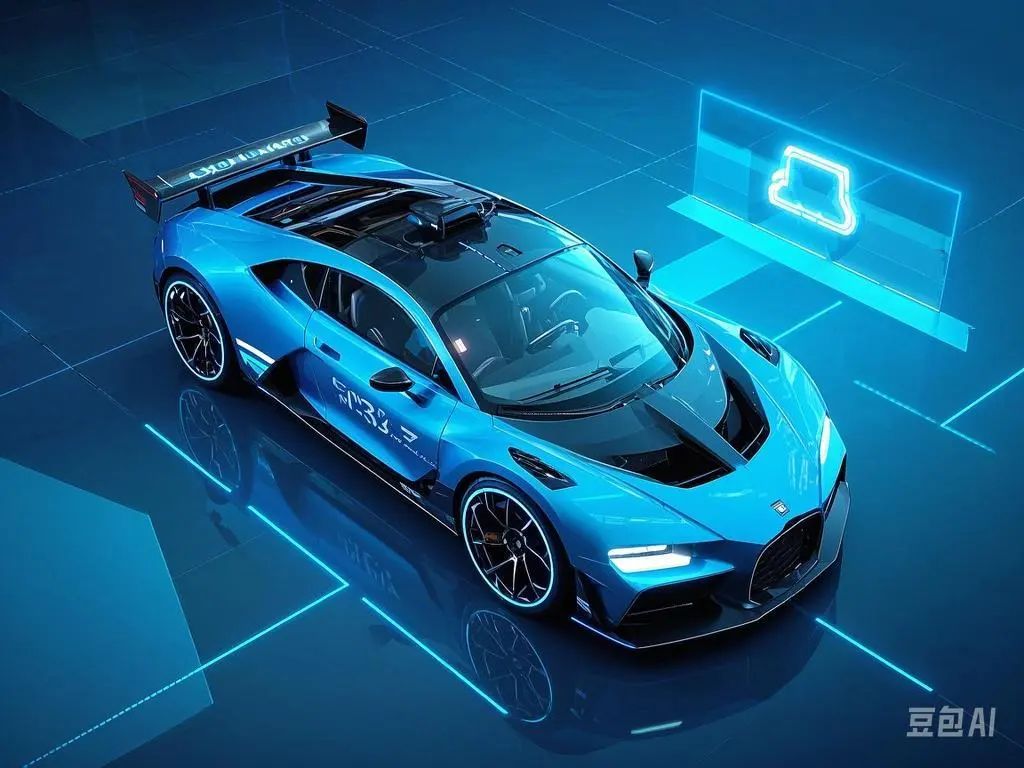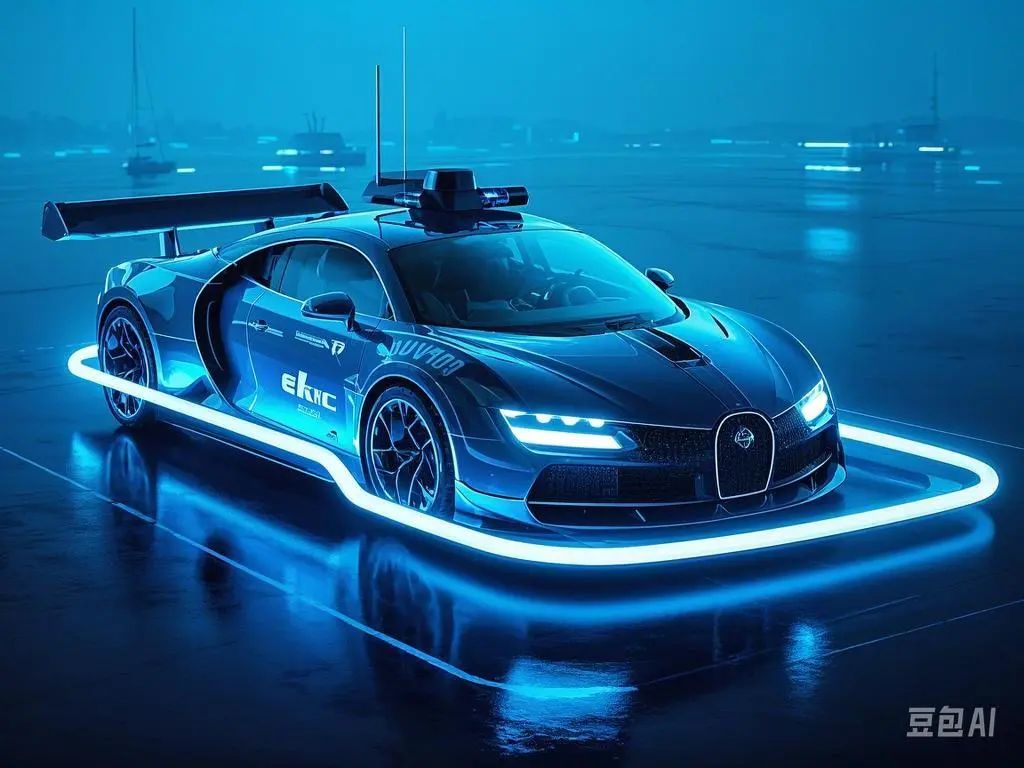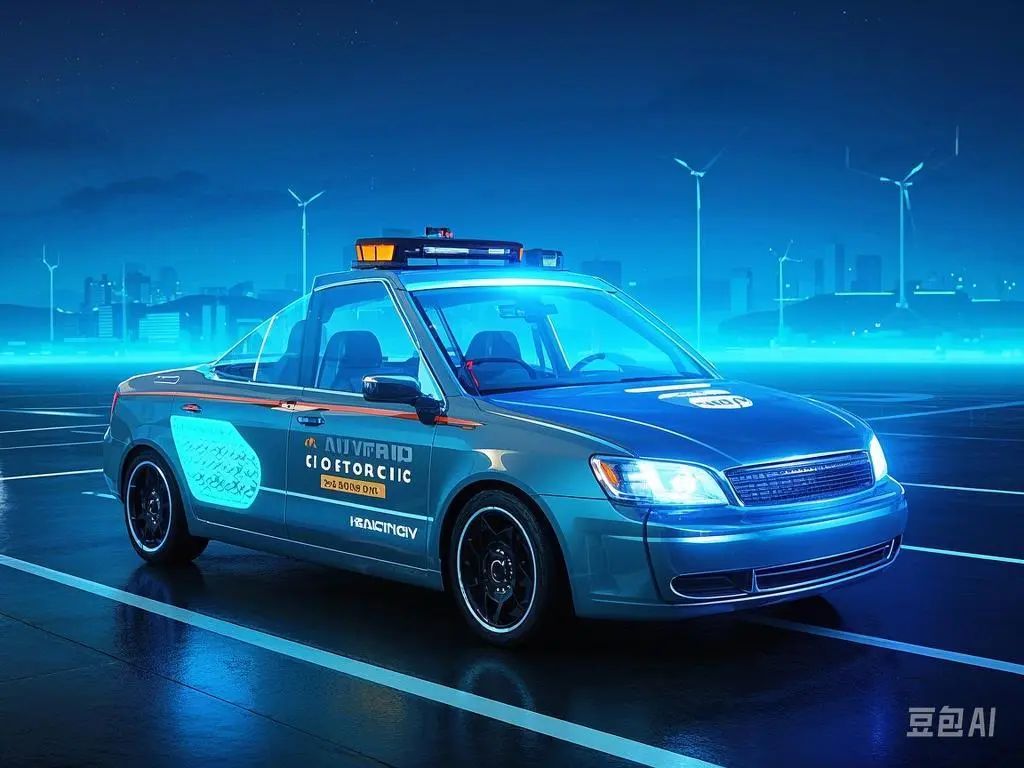BYD Pioneers Universal Intelligent Driving: Are Entry-Level Models Embracing the New Era?
![]() 02/19 2025
02/19 2025
![]() 695
695
Intelligent driving has become a familiar concept in recent years, serving as a hallmark of artificial intelligence integration in various vehicles. Typically, these advanced systems have been reserved for mid-to-high-end models due to their high costs, encompassing sophisticated systems and supporting radars. However, BYD's recent announcement to equip all its models with intelligent driving technology has sparked curiosity: Are even entry-level vehicles poised to enter the realm of intelligent driving?

I. BYD's Universal Intelligent Driving Initiative
According to China Business Herald, BYD Chairman Wang Chuanfu revealed at an intelligent strategy conference that the company would equip all its 21 models, priced between 69,800 yuan and 249,800 yuan, with the advanced intelligent driving system named "Sky God's Eye." He introduced the concept of "intelligent driving equality," emphasizing that advanced intelligent driving would become a standard feature accessible to all consumers. Wang predicted that 2025 would mark the first year of universal intelligent driving, forecasting that within three years, this technology would become as ubiquitous as seat belts.
This announcement instilled significant confidence in the intelligent driving industry. Just days prior to the announcement, BYD's share price surged, hitting the daily limit and lifting multiple related stocks, including Yutong Optics, Tongda Electric, and Lianchuang Electronics, to their respective daily limits. This market response underscores the high anticipation and expectations surrounding BYD's advancements in intelligent driving technology.
Wang Chuanfu believes that the primary obstacle to intelligent driving's widespread adoption is its high cost. Historically, vehicles equipped with intelligent driving systems have commanded prices exceeding 200,000 yuan, excluding many consumers from accessing this technology. In 2024, less than 10% of vehicles in the Chinese market were equipped with advanced intelligent driving systems, while 70% of consumers purchased vehicles priced below 200,000 yuan. To bridge this gap, BYD introduced a strategy aimed at making intelligent driving accessible to all, accelerating its popularization and achieving full coverage.

CaiLian Press reports that BYD's "Sky God's Eye" system is available in three versions (A, B, and C), tailored to different hardware configurations, functional requirements, applicable models, and brands. The A version features three LiDARs, five millimeter-wave radars, and eleven cameras, powered by NVIDIA's dual Orin chips. The B version combines a single LiDAR with millimeter-wave radars and cameras, leveraging a single OrinX chip for computing. The C version adopts a pure vision approach, utilizing five millimeter-wave radars, twelve cameras, and twelve ultrasonic radars, with chips from Horizon Robotics J6M or NVIDIA Orin N.
An automotive industry adage states, "The first half is electrification, and the second half is intelligence." This year has validated this assertion, with domestic brands actively engaging in intelligent driving innovations. BYD and Changan are leading the charge to popularize intelligent driving, with BYD promoting "intelligent driving versions" across its entire lineup, including models priced below 100,000 yuan. Similarly, Changan Deep Blue aims to make intelligent driving affordable for everyone.

II. Entry-Level Models Embracing Intelligent Driving?
Amidst BYD's wave of intelligent driving popularization, how should we perceive this development? Are entry-level models indeed stepping into the era of intelligent driving? Will intelligent driving become a standard feature in automobiles?
Firstly, technological advancements inevitably lead to cost reductions in intelligent driving systems. Similar to Moore's Law in computer hardware, where the number of transistors doubles every two years, doubling performance while costs decline, intelligent driving technology follows a similar trajectory of cost evolution. As technology progresses, intelligent driving systems are becoming increasingly affordable.
Recent years have witnessed significant advancements in intelligent driving technology, evolving from basic functions like adaptive cruise control and lane-keeping assistance to advanced capabilities such as automatic parking, highway pilot assistance, and urban navigation assistance. Initially, these advanced features were exclusive to luxury models due to their high prices. However, as technology matures and the industrial chain improves, the cost of intelligent driving technology is decreasing, mirroring the trajectory of expensive mobile phone cameras becoming standard in mid-range devices.
Technological innovation brings positive externalities. As market scale expands and production efficiency improves, costs significantly decline. This is true for intelligent driving technology as well. With more automakers investing in R&D and suppliers joining the industrial chain, the cost of intelligent driving technology will further decrease, enabling broader consumer access. This trend is unstoppable and a natural consequence of technological evolution.

Secondly, BYD's leadership in initiating intelligent driving popularization is not coincidental. Several key factors contribute to this:
1. Mass Procurement Reduces Costs: As a leading automaker, BYD's substantial sales volume (over 4.27 million vehicles in 2024, a 41.26% increase year-on-year) grants it significant bargaining power in procurement. This allows BYD to obtain lower costs for sensors, chips, and other intelligent driving components through bulk purchases. For instance, BYD can negotiate more favorable prices and supply conditions with suppliers due to its large procurement volumes.
2. Economies of Scale through Large-Scale Production: Large-scale production optimizes BYD's production system, enhancing production line efficiency. BYD invests heavily in research and development to standardize and modularize components, reducing manual operation time and errors during intelligent driving component installation and debugging. This improves production efficiency and reduces costs, while also achieving full equipment utilization and sharing purchase and maintenance costs.
3. Strong Ecosystem Control Enables Optimal Cost: BYD's independent R&D and production capabilities in core components like batteries, motors, and electronic controls form a comprehensive industrial chain. This supply chain advantage allows BYD to control costs effectively, deeply integrating intelligent driving technology into its industrial chain for optimal cost management. BYD's self-developed "Sky God's Eye" system includes various versions tailored to different models and market demands, leveraging economies of scale to offer advanced intelligent driving technology at lower prices across a wider consumer base.

Thirdly, while the prospects for intelligent driving technology are promising, challenges remain in achieving universal adoption. The primary obstacles lie in the high costs of radar and chips:
- Radar Costs: Both LiDAR and millimeter-wave radar are crucial for intelligent driving systems but are costly. LiDAR, with its complex technology and high production standards, is particularly expensive, with some high-end models costing more than an average car. While millimeter-wave radars are relatively cheaper, they have limitations in accuracy and detection range, insufficient for advanced intelligent driving.
- Chip Costs: Intelligent driving chips, serving as the "brain" of these systems, require high computing power and performance to process vast amounts of sensor data and complex algorithms. This necessitates advanced process technology and high-performance architecture, driving up costs. High-end intelligent driving chips can cost several thousand to tens of thousands of yuan, with the entire chip system incurring considerable expenses.
These high hardware costs not only increase automakers' R&D and production expenses but also maintain high prices for intelligent driving-equipped models. Compromising on cost in this area would jeopardize safety, creating an unbridgeable gap.

Lastly, despite the challenges, the long-term trend points to the inevitable popularization of intelligent driving. As technology matures and the industrial chain improves, the costs of radar and chips are expected to decline. Increased competition in the market will drive enterprises to reduce costs and enhance product performance. Additionally, consumer demand for intelligent driving is growing, with its convenience and safety benefits becoming increasingly appealing as living standards rise. In the future, intelligent driving will transcend being a luxury feature, becoming a crucial consideration for car buyers. This market demand will propel automakers to accelerate R&D and popularization efforts, further fostering intelligent driving's development.
BYD's initiative to equip all its models with intelligent driving technology has sounded the bell for universal adoption in the automotive industry. How the industry responds to this challenge will test all its participants.







